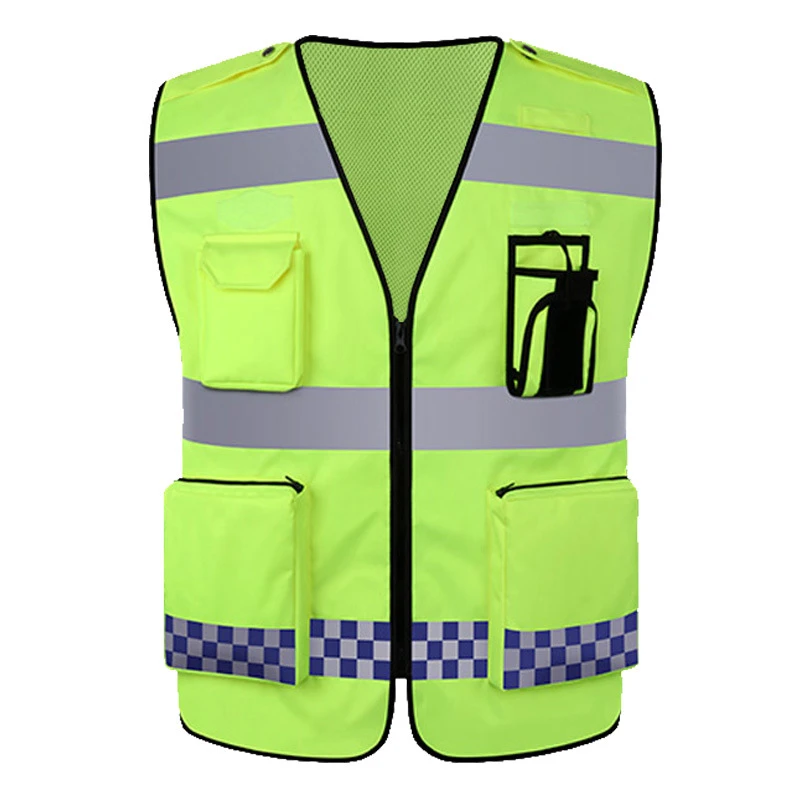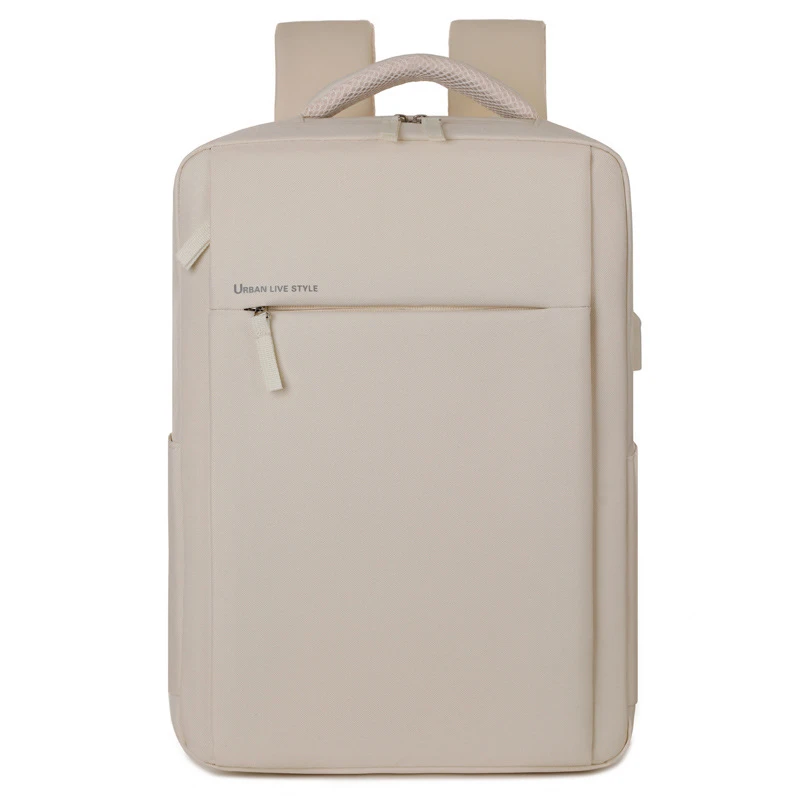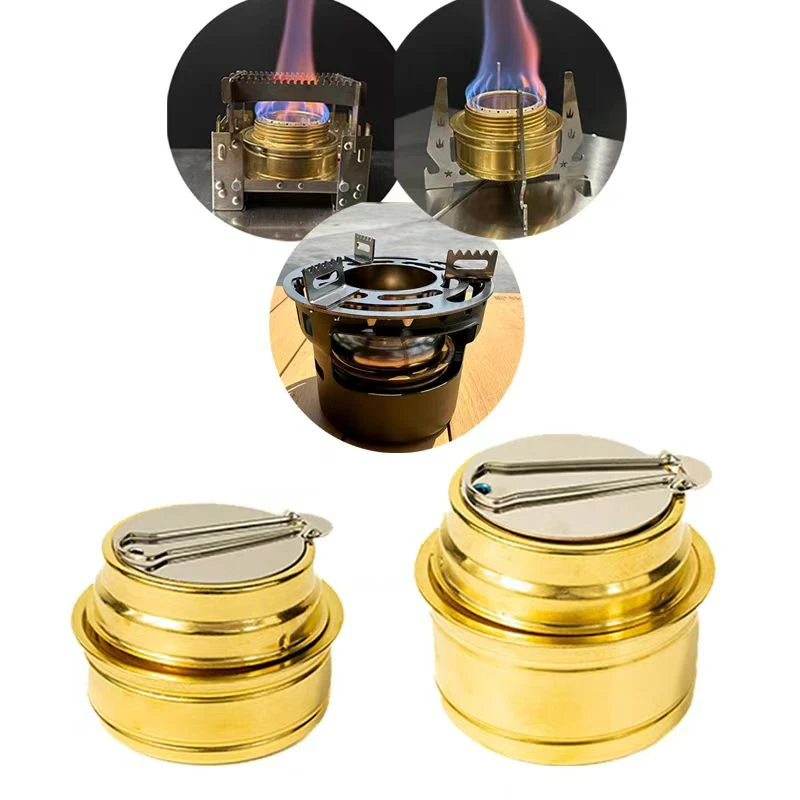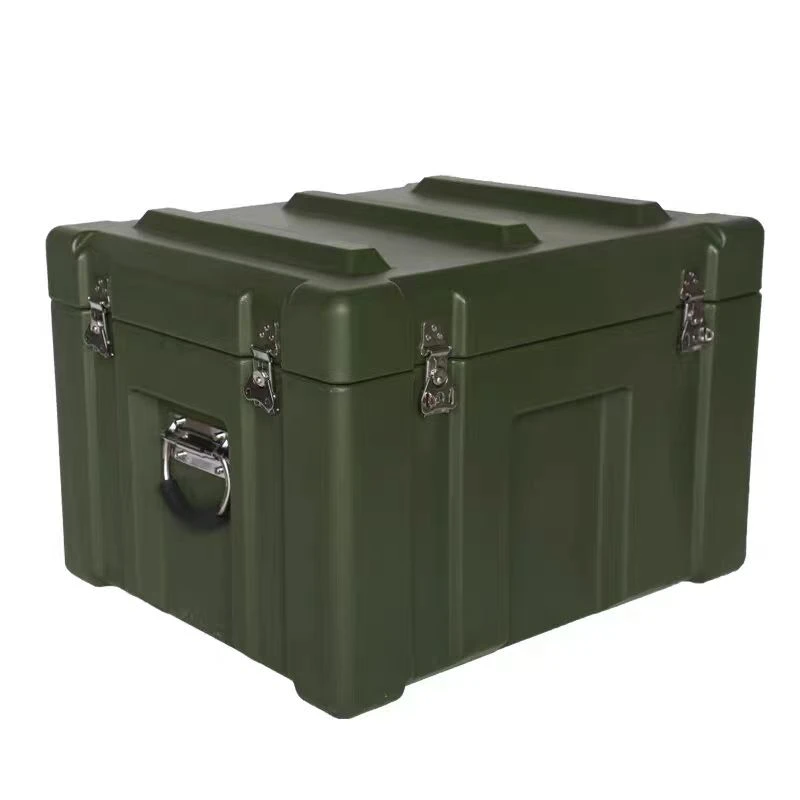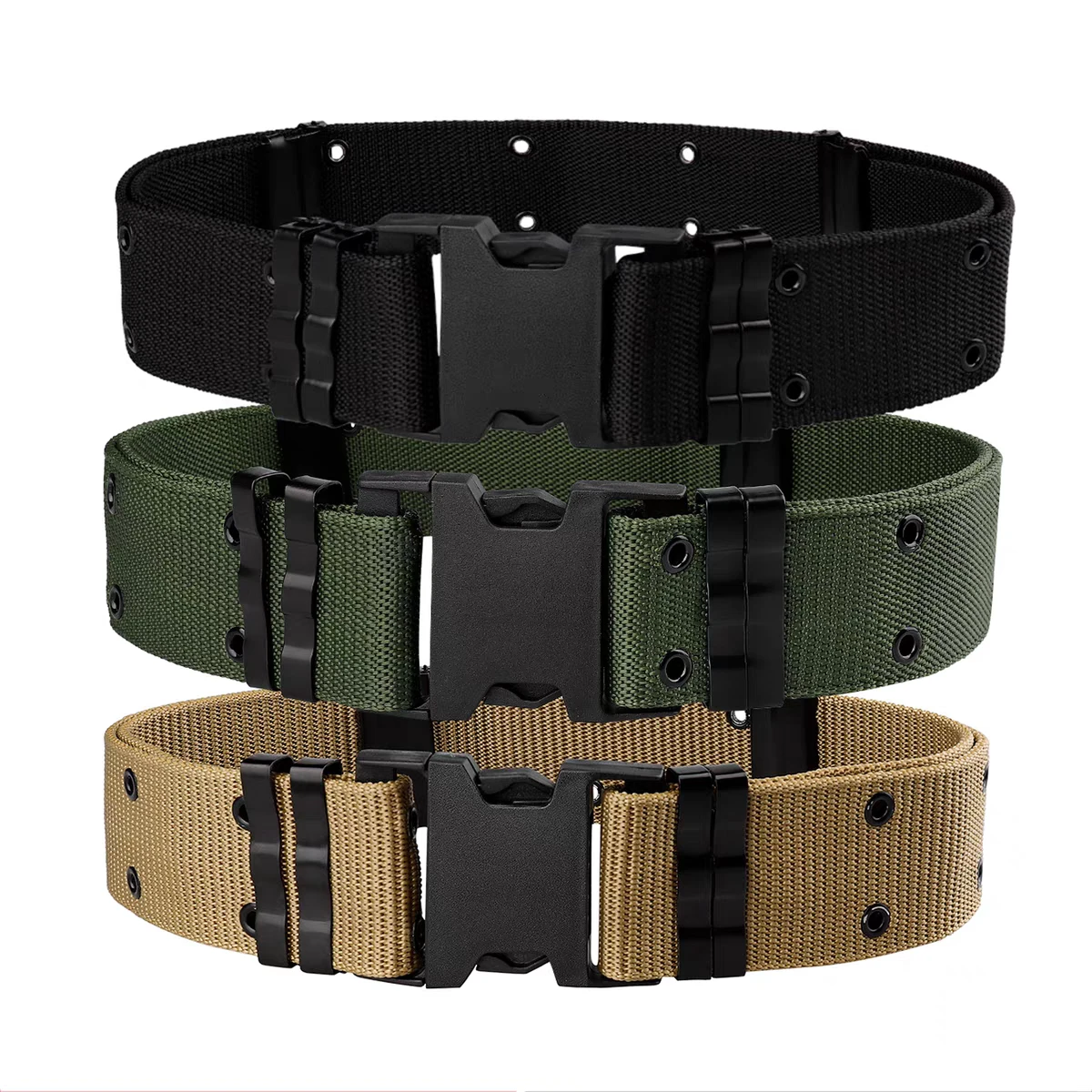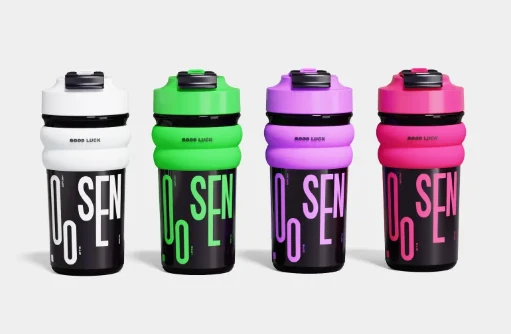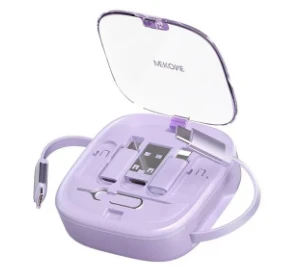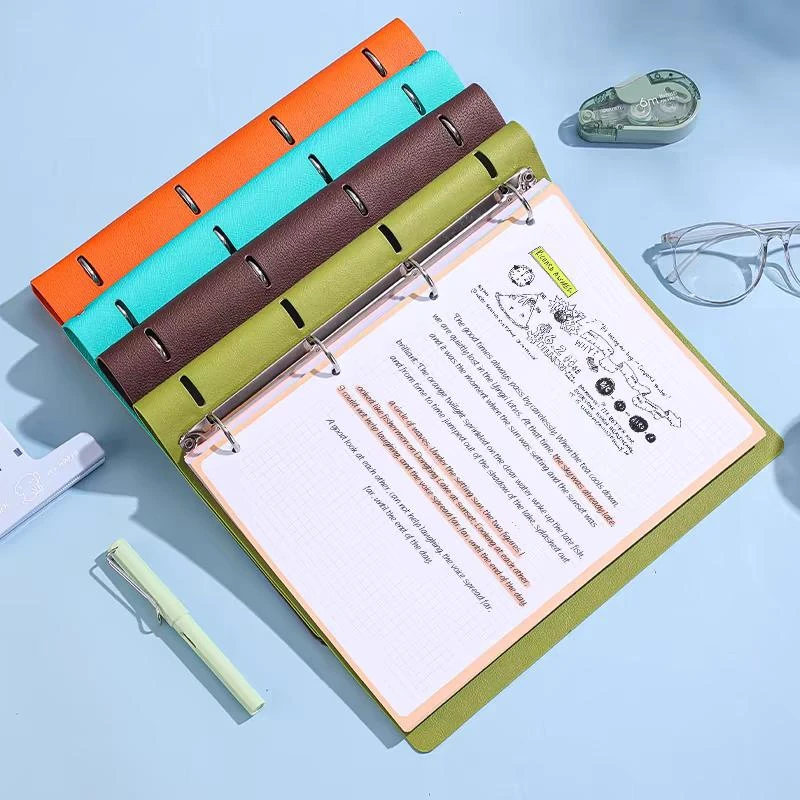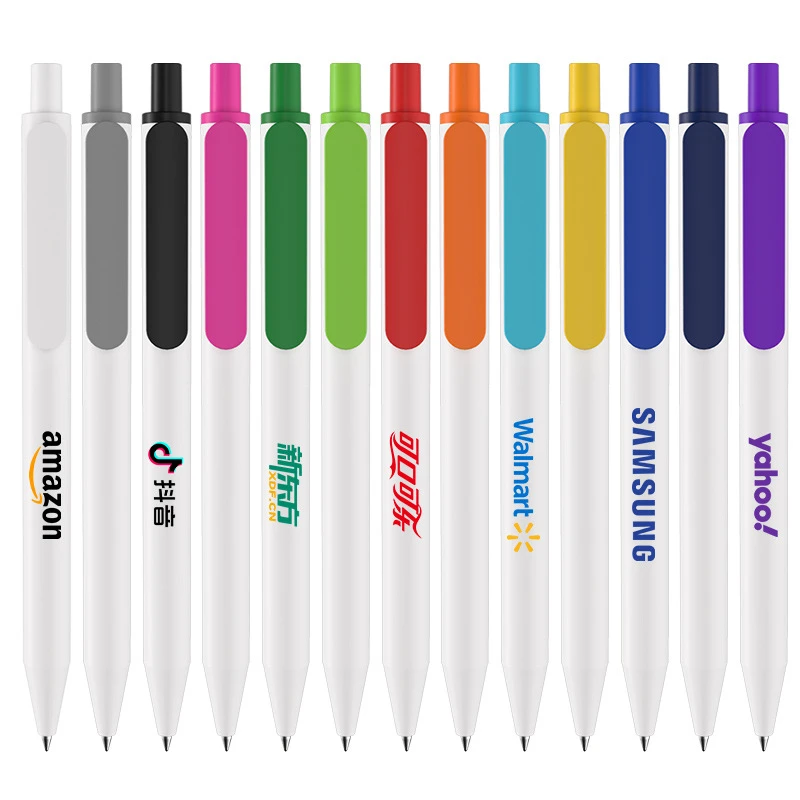Feb 12,2025
custom logo bags cheap
Finding the right balance between quality and affordability in custom logo bags can seem challenging. However, with the increasing competition among suppliers and a growing demand from businesses looking to stand out, the landscape has shifted. Having worked extensively in product development and branding, particularly with custom logo bags, I offer an insider's perspective on navigating this market efficiently.
Ordering in Bulk When feasible, ordering in larger quantities can substantially reduce costs, an insider knowledge that saves money in the long run. Economy of scale benefits, however, should be considered alongside storage and distribution capabilities to avoid unnecessary expenditures. Incorporating Technology Consider incorporating RFID technology or QR codes to increase the functionality of your custom logo bags; adding tech capabilities can transform your bags from a simple promotional item to an interactive tool that engages consumers directly with your brand. These small additions can significantly enhance customer experience, and they don't have to break the bank if planned correctly. Customer Experience & Feedback Monitoring customer feedback is crucial in maintaining the effectiveness of your promotional products. Encourage user reviews and testimonials to gain insights into how the bags are perceived and how they might be improved. A brand's authority and trustworthiness are often reflected in the conversations users have about their experiences. Such feedback loops can provide invaluable information to refine your product offerings and sustain competitive edges. Marketing and Distribution Strategy Finally, ensure that your distribution strategy aligns with your broader marketing goals. Using custom logo bags as part of a larger marketing campaign can maximize their effectiveness. Whether distributed at trade shows, included in direct mail campaigns, or offered as part of a loyalty program, strategic deployment can amplify your brand's message. In conclusion, mastering the balance of affordability and quality in custom logo bags revolves around understanding material science, leveraging supplier relationships, embracing technological enhancements, prioritizing customer experience, and aligning with strategic marketing goals. With such a foundation, businesses can harness the full potential of these versatile branding tools.
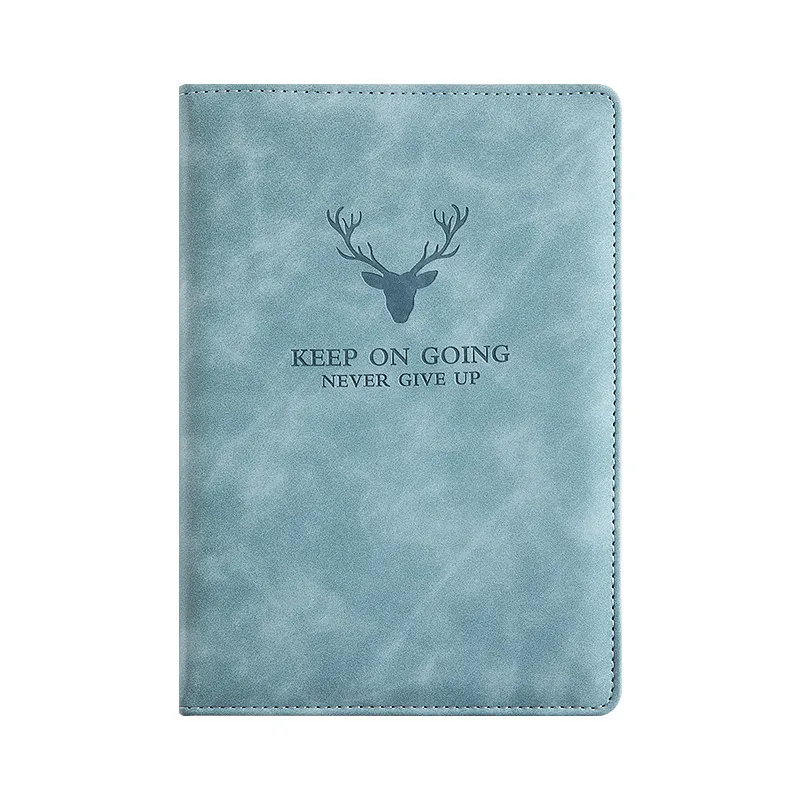

Ordering in Bulk When feasible, ordering in larger quantities can substantially reduce costs, an insider knowledge that saves money in the long run. Economy of scale benefits, however, should be considered alongside storage and distribution capabilities to avoid unnecessary expenditures. Incorporating Technology Consider incorporating RFID technology or QR codes to increase the functionality of your custom logo bags; adding tech capabilities can transform your bags from a simple promotional item to an interactive tool that engages consumers directly with your brand. These small additions can significantly enhance customer experience, and they don't have to break the bank if planned correctly. Customer Experience & Feedback Monitoring customer feedback is crucial in maintaining the effectiveness of your promotional products. Encourage user reviews and testimonials to gain insights into how the bags are perceived and how they might be improved. A brand's authority and trustworthiness are often reflected in the conversations users have about their experiences. Such feedback loops can provide invaluable information to refine your product offerings and sustain competitive edges. Marketing and Distribution Strategy Finally, ensure that your distribution strategy aligns with your broader marketing goals. Using custom logo bags as part of a larger marketing campaign can maximize their effectiveness. Whether distributed at trade shows, included in direct mail campaigns, or offered as part of a loyalty program, strategic deployment can amplify your brand's message. In conclusion, mastering the balance of affordability and quality in custom logo bags revolves around understanding material science, leveraging supplier relationships, embracing technological enhancements, prioritizing customer experience, and aligning with strategic marketing goals. With such a foundation, businesses can harness the full potential of these versatile branding tools.








